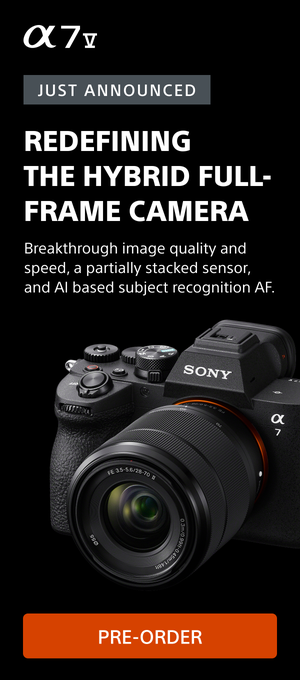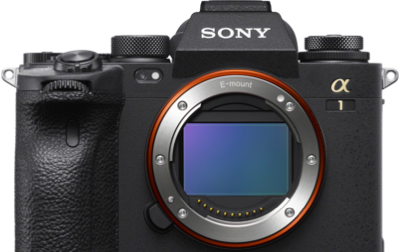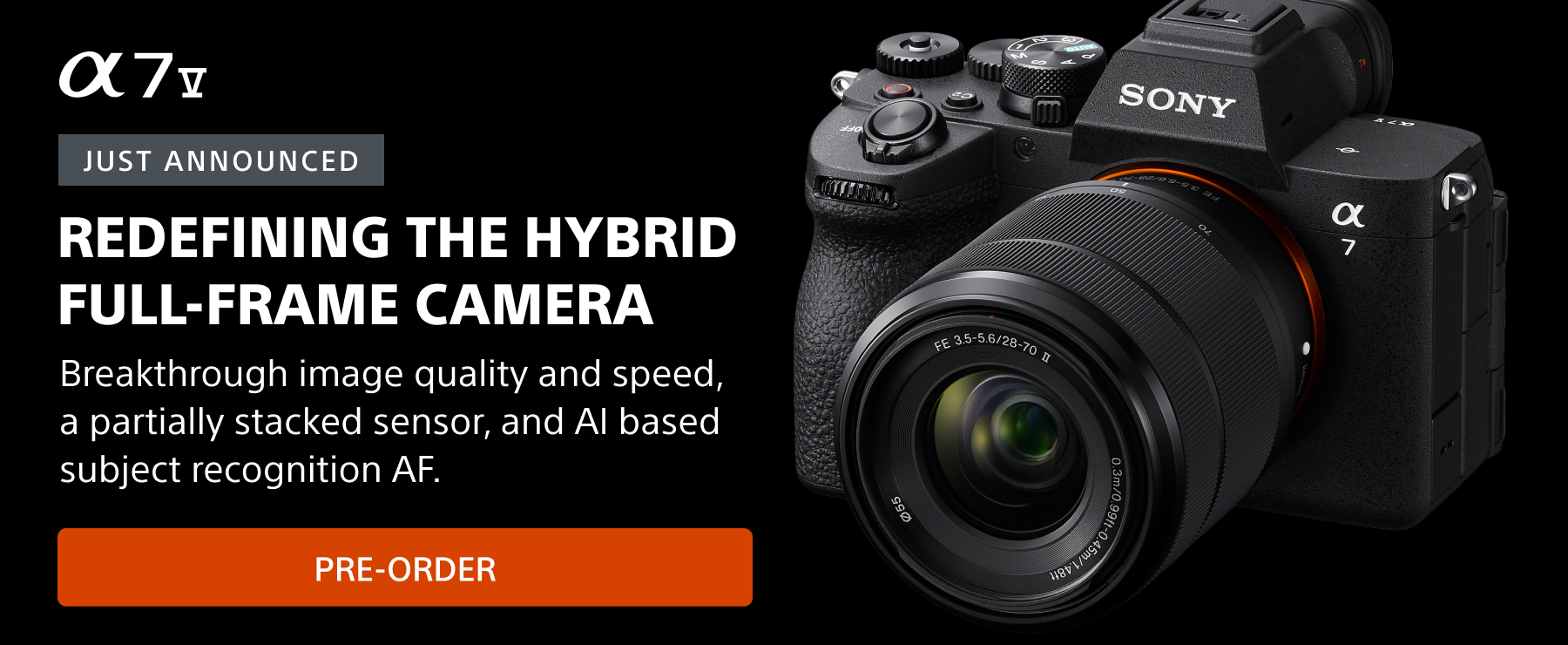Imagine capturing photos that look almost like they are alive, with vibrant colors and details that pop out of the picture. This is possible with the right camera and techniques. One such technique that’s creating a buzz among photographers is the use of "Radiance Fields," especially when paired with a powerful camera like the Sony Alpha 9 III. We recently sat down with Michael Rubloff, an expert and innovator in Radiance Field technology, to learn more about what it means and how it can enhance your photography.
What Are Radiance Fields?
Radiance Fields is a sophisticated 3D reconstruction technique used in photography and computer graphics. Think of it as a way to capture and represent the light that comes from every direction in a scene. It helps create images that are incredibly realistic and detailed. For beginners, you can picture it as a method that allows you to capture scenes with more depth and dynamic lighting than typical photography. The two most common Radiance Field representations are Gaussian Splatting and NeRFs, but more Radiance Field representations are being published.
"There's an emerging set of technology right now that are called radiance fields,” Rubloff explains. “You are able to take a series of normal 2D images or normal video, and from these, you're able to reconstruct really lifelike 3D scenes. These scenes can understand and show how light moves and reflects. It’s the first time in human history where we actually have the ability to really explore the entirety of a moment in time with as much realism as a standard 2D image, but from any angle."
There are many use cases for this type of technology – both personal and professional. “I originally got into this for wanting to extend portrait photography and moments in time into 3D,” Rubloff says, “to allow people to really step back into a moment in time. The first couple of years of me experimenting with this, I was just kind of documenting my friends and family. Now I have a bunch of captures of my parents, my grandmother – all of which are essentially now frozen forever, but in 3D.”
It’s not just meant for photos either, Rubloff says it also works with dynamic content like videos. “You can reconstruct life-like dynamic content and be able to step into past moments in time. The technology can also be applied to anything from construction to geospatial work to healthcare. My general thought on it now, is that anytime you're currently using a 2D video or photo is a use case of this technology – and this allows us to get much closer to actually using it.”
Why the Sony Alpha 9 III?
The Sony Alpha 9 III is a high-performance camera that excels in capturing fast-moving subjects, thanks to its rapid shooting capabilities and advanced autofocus system. This makes it an excellent partner for experimenting with Radiance Fields. The camera's ability to handle challenging lighting conditions and produce high-quality images is crucial for taking full advantage of what Radiance Fields can offer.
“The A9 III makes it very easy because it has a global shutter and this very high frame rate,” he says. “The faster you’re able to capture some of these scenes, the more likely it is that nothing shifts or moves in front of it. When you’re capturing something in 3D, if something moves in it, it will look strange from that angle because it will reconstruct whatever it sees. So the faster you can capture something, the higher likelihood of it being a really strong reconstruction.”
Another reason he likes to use the Alpha 9 III for radiance fields is because of how it has an actual memory card where he doesn’t have to worry about buffering. “With other camera systems, depending on how many frames I’m trying to shoot, sometimes I would hit the memory buffer and the camera wouldn’t be usable for that couple of seconds. With the A9 III, this is just one less thing to worry about. You're really trying to capture the world around you in an expedient way, and it's very helpful to have a memory card slot that can go as fast.”
How To Get Started
Rubloff explains that it can feel intimidating at first to get started in radiance fields. “You’re wondering, ‘How do I take what’s in front of me and then translate that into a three-dimensional shape that’s going to look as it does in the real world?”
Not only that, but radiance fields don’t necessarily follow the exposure triangle that photographers are used to. “They have more of what I’ve been calling an exposure vector,” says Rubloff. “Where the only two things that matter are shutter speed and aperture, and ISO is no longer a consideration that you really have to worry about. To introduce a strong reconstruction, you have to have very strong and sharp still images with no motion blur. You want to really be able to see everything that's contained inside of that individual frame. You typically want to have a deep depth of field with everything tack sharp.”
From there, Rubloff explains that it’s about introducing something called parallax into the individual scenes. “You want to create this sense of parallax as you walk around what you’re trying to capture. I found the best way to do this is by making an arc, circle or even a spiral. If you have a wide-angle lens, it makes it easier to get a strong reconstruction because you’re getting a lot more data into the individual image. It really gives you a lot more freedom, where you can start to lower your aperture and still get a really deep depth of field in the scene, and then you can make your shutter speed really high.”
While Radiance Fields might sound complex, starting with the basics of light understanding and mastering your camera settings can lead you to capture moments in time in a new way.
Find more resources at RadianceFields.com.
Learn more about the Sony Alpha 9 III here.



